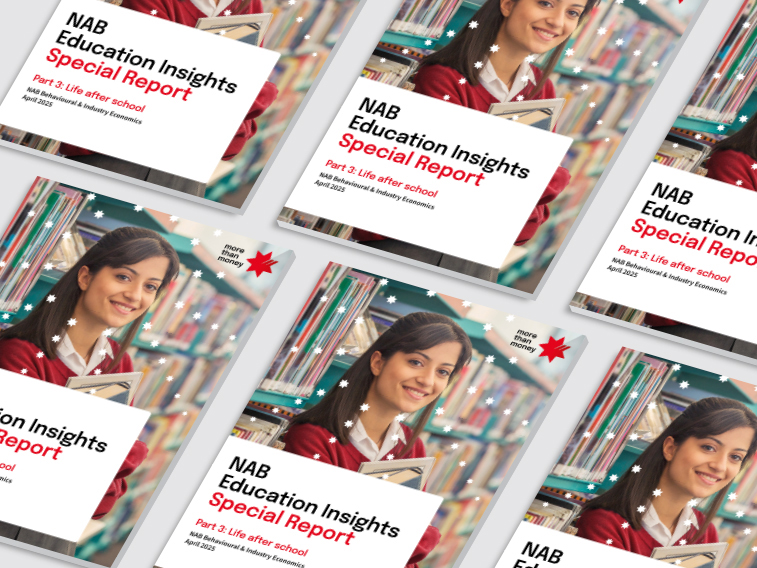How do students feel about life after school?


Webinar
A Queensland school and a schools corporation reveal the financial strategies they’ve put into action to make better use of their funds and save money.
The education sector has specific needs that may not always be met by standard business funding and finance arrangements. Queensland school St Aidan’s and the Sydney Anglican Schools Corporation reveal some smart strategies proving successful for them.
Toni Williams is Director for Business and Operations at the Society of the Sacred Advent Schools, an Anglican organisation that manages two schools in Queensland, St Aidan’s Anglican Girls’ School and St Margaret’s Anglican Girls’ School. St Aidan’s for some time had two separate bill facilities in place – one that was a fixed rate, and one floating – but the arrangement was not ideal. “We just weren’t getting the flexibility that we needed to make the best use of our cash,” Williams says.
Like most non-government schools, St Aidan’s receives most of its income at four specific times of year, when fees are paid and grants are received. “So at those times of year, there are pockets where we have ‘surplus’ cash. We will need it for operations as the year progresses, but we get it in a lump sum and we wanted to be able to use that cash to offset interest.”
With their existing bill facility, St Aidan’s was only able to draw down or make payments once a month, on the 15th of the month. If cash came in, say on the 16th of the month, “We couldn’t do anything. We had to forecast out all the time.”
After profiling its cash flow and consulting with its banking partner NAB, St Aidan’s opted to convert its bill facilities to a business market loan that made a number of new options available with regards to their cash flow management.
Working with the cash flow profile provided by the school, NAB Education’s interest rate risk management specialist put together a structure that best took advantage of the fixed and floating rate components offered within the one loan facility. “For a certain period – say 12 months – we can choose how much is fixed and how much is floating,” explains Williams. “We can put cash against the floating portion when we have it, but we can withdraw it again whenever we need it.
“It removed all our rollover fees. But rollover fees are just a small portion of our total saving of about $200,000 a year. The main saving is the interest saved as the business market loan allows us to offset the loan when we have surplus cash which reduces our interest expense. When we had a bill, we didn’t have this flexibility.”
Dr Laurie Scandrett is CEO of the Sydney Anglican Schools Corporation which plans the development of schools – both greenfield and brownfield. “We grow our existing schools, we start new schools and look to acquire schools,” says Scandrett. “We’ve got a good track record of making the business work.”
The corporation had estimated what they thought would be required in terms of funding for the next five years. “We had worked out the increased size of the facility we needed compared to what we had, and settled on a $25 million accordion,” says Dr Scandrett. “We worked out the covenants we thought were reasonable and put them to the banks. We were looking for a bank that was willing to partner with us into the future and that wouldn’t change the rules on us down the track.”
They began speaking to five banks which was pared back to three. Scandrett says that the offers from those remaining banks were in fact all quite similar. In the end what worked for the corporation – and the banks – was for the facility to be provided by a syndicate of those three banks, he says.
The corporation was impressed with the banks and their approach. Simply put, they had done their homework. “They had read all our proposals – we didn’t have to explain anything, they’d covered every aspect of the whole proposal, every area of the bank that needed to be involved,” Dr Scandrett says.
Dr Scandrett is frank about the possibility that SASC will need more funding before the end of the five-year period. “The facility may only get us through a year or two, but we can renegotiate. The banks have spread the risk – so they’re happy to consider further proposals.”
More from NAB:
© National Australia Bank Limited. ABN 12 004 044 937 AFSL and Australian Credit Licence 230686.